This is one of the key solutions of Plan No. 138/KH-UBND issued by Lao Cai Provincial People's Committee, aiming to reduce emissions in the agricultural and environmental sectors, adapting to climate change.
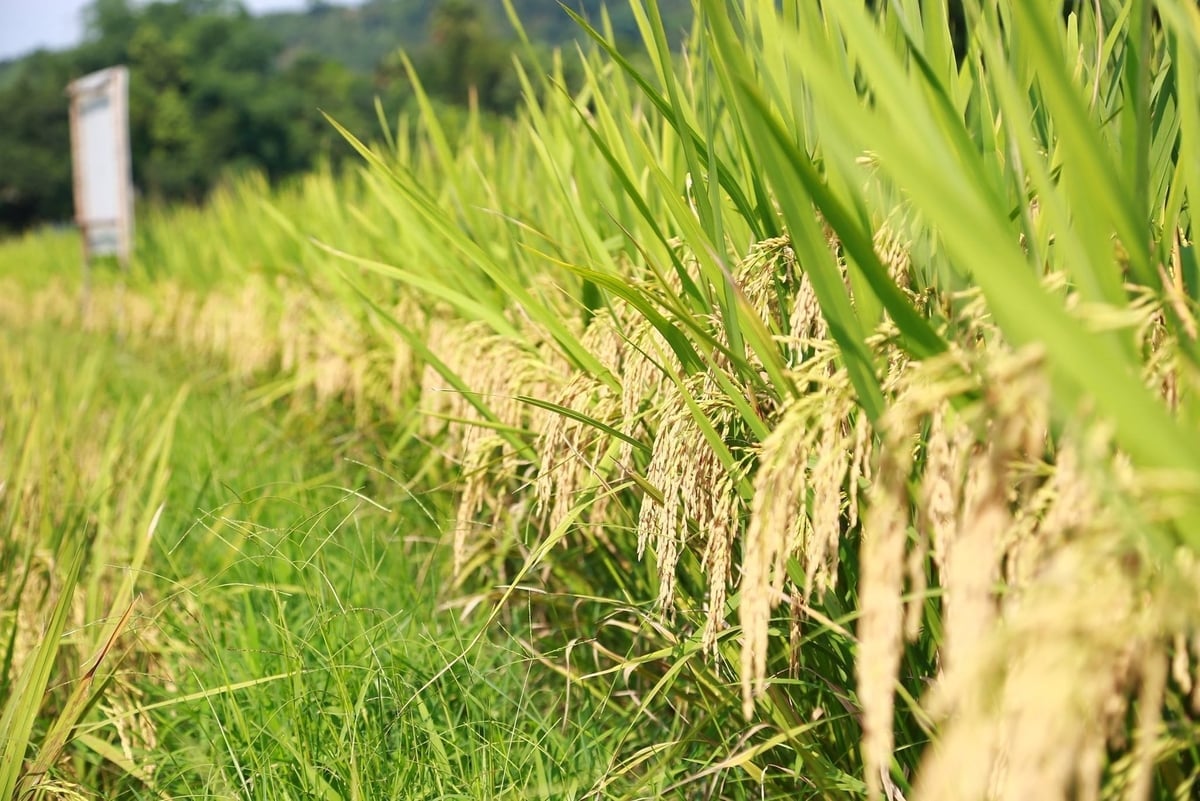
By 2030, Lao Cai aims to have more than 36,000 hectares of rice growing area applying alternate wetting and drying (AWD) technology to reduce greenhouse gas emissions. Photo: Thanh Nga.
According to the plan, the expansion of emission-reducing rice cultivation techniques will be implemented in areas with favorable irrigation conditions. In addition to AWD irrigation technology, farmers are also encouraged to apply improved farming models such as “1 must 5 reductions”, “3 reductions 3 increases” and the System of Rice Intensification (SRI). These methods not only help save water, fertilizers and pesticides but also reduce methane emissions, one of the greenhouse gases with a major impact on climate change.
In addition to improving farming techniques, the province also promotes the conversion of crop structure in inefficient rice-growing areas. It is expected that by 2030, about 500 hectares of rice land will be converted to perennial crops, 200 hectares/year to annual crops and 20 hectares/year to a model combining rice with aquaculture. These models not only improve economic efficiency but also suit the soil conditions of each region.
To support this process, Lao Cai will invest in upgrading the inland irrigation infrastructure, meeting the requirements of modern, closed irrigation for concentrated rice production areas. In particular, the province will prioritize investment in areas with medium and weak irrigation systems to create synchronization in production and control greenhouse gas emissions.

People are encouraged to apply improved farming models such as “1 must 5 reductions”, “3 reductions 3 increases” and the system of rice cultivation improved (SRI). Photo: Thanh Nga.
In addition, Lao Cai is also implementing many synchronous solutions to effectively manage crops and use fertilizers. The province aims to have over 10,000 hectares of rice applying integrated plant health management (IPHM) techniques. For upland crops, about 49,500 hectares will apply IPHM, including 22,000 hectares of corn, 18,000 hectares of fruit trees and 9,500 hectares of tea. The province also aims to replace 60% of the current urea fertilizer with slow-release fertilizers, microbial organic fertilizers or controlled-release fertilizers to reduce emissions and improve efficiency.
The plan to reduce greenhouse gas emissions in the agricultural sector not only contributes to environmental protection but also creates opportunities to access carbon credits in the future. Promoting clean, low-emission production will help Lao Cai agriculture increase its competitiveness, especially in the context of the global market increasingly placing emphasis on environmental standards and sustainable development.
Source: https://nongnghiepmoitruong.vn/36000ha-lua-o-lao-cai-se-su-dung-cong-nghe-tuoi-kho-de-giam-phat-thai-d785644.html









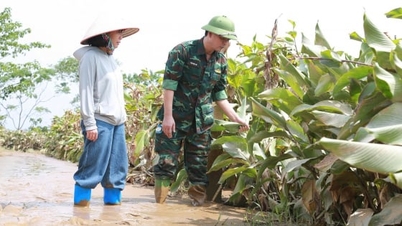

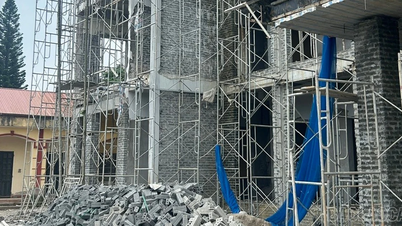



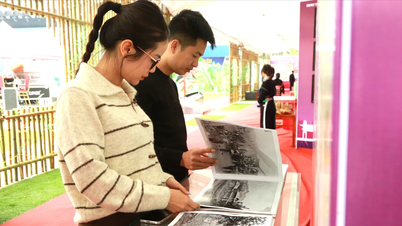

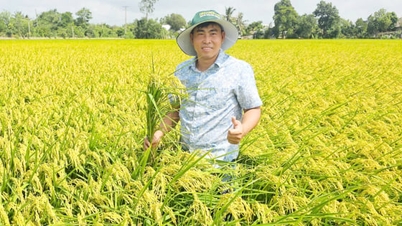
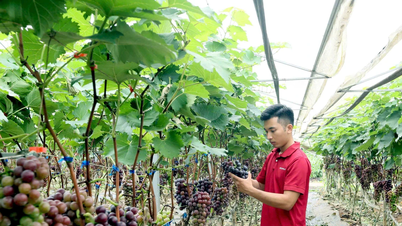












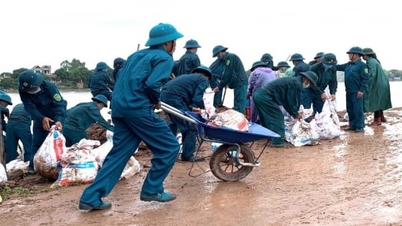

![Mastering knowledge to reduce poverty: [Lesson 4] Sugarcane returns to its glory](https://vphoto.vietnam.vn/thumb/402x226/vietnam/resource/IMAGE/2025/11/20/1763624025458_a08a777e324ebe10e75f-113252_188-143111.jpeg)







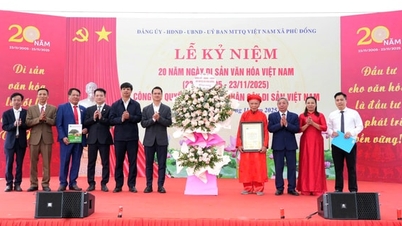






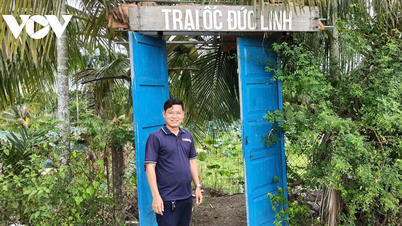

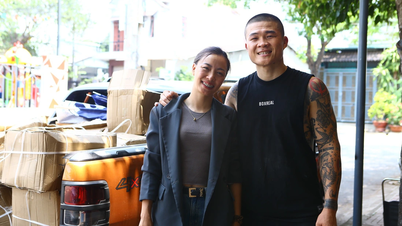

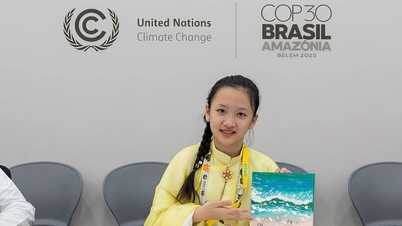


















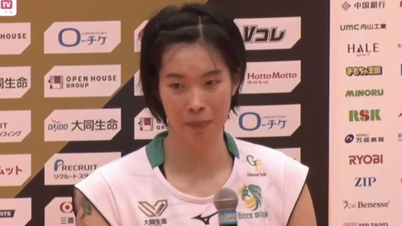

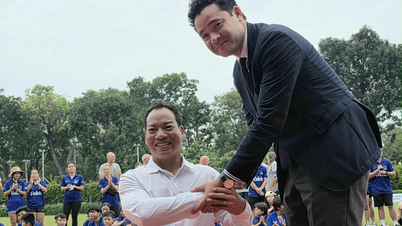





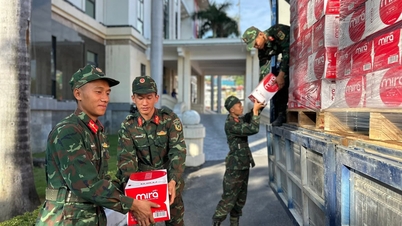










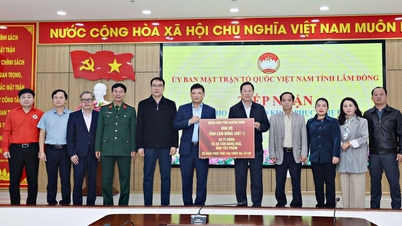














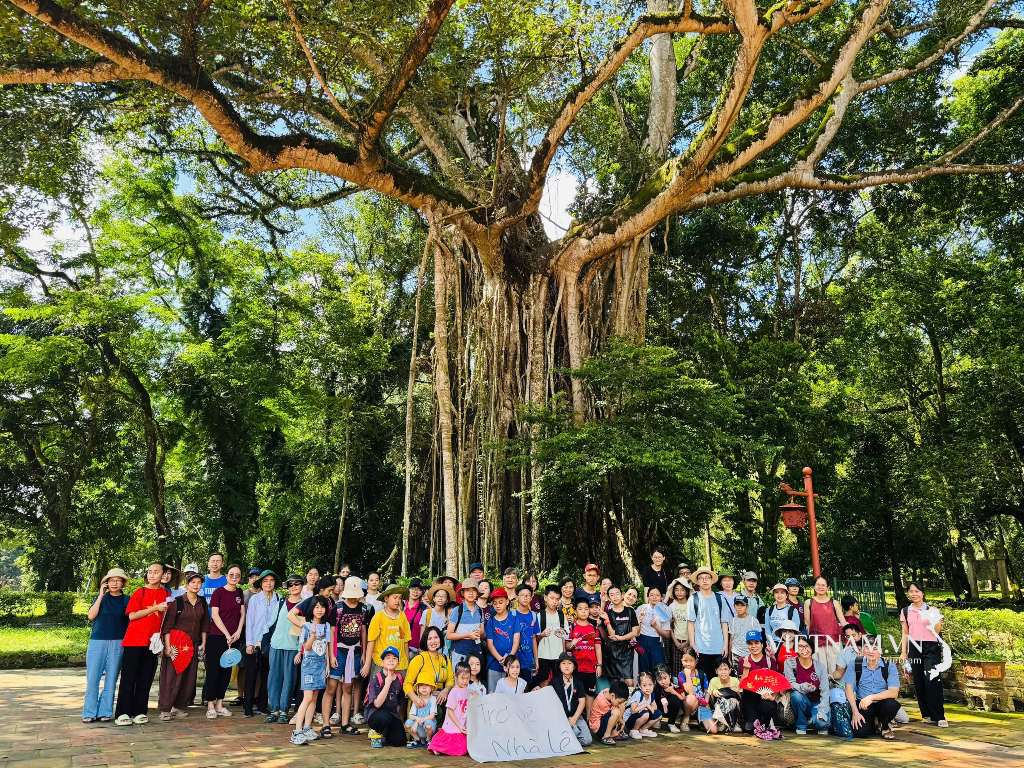



Comment (0)